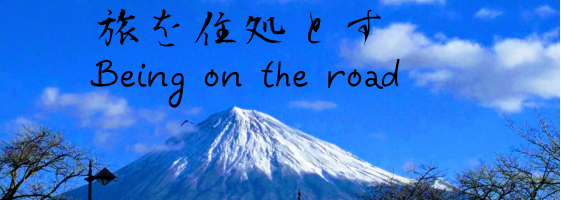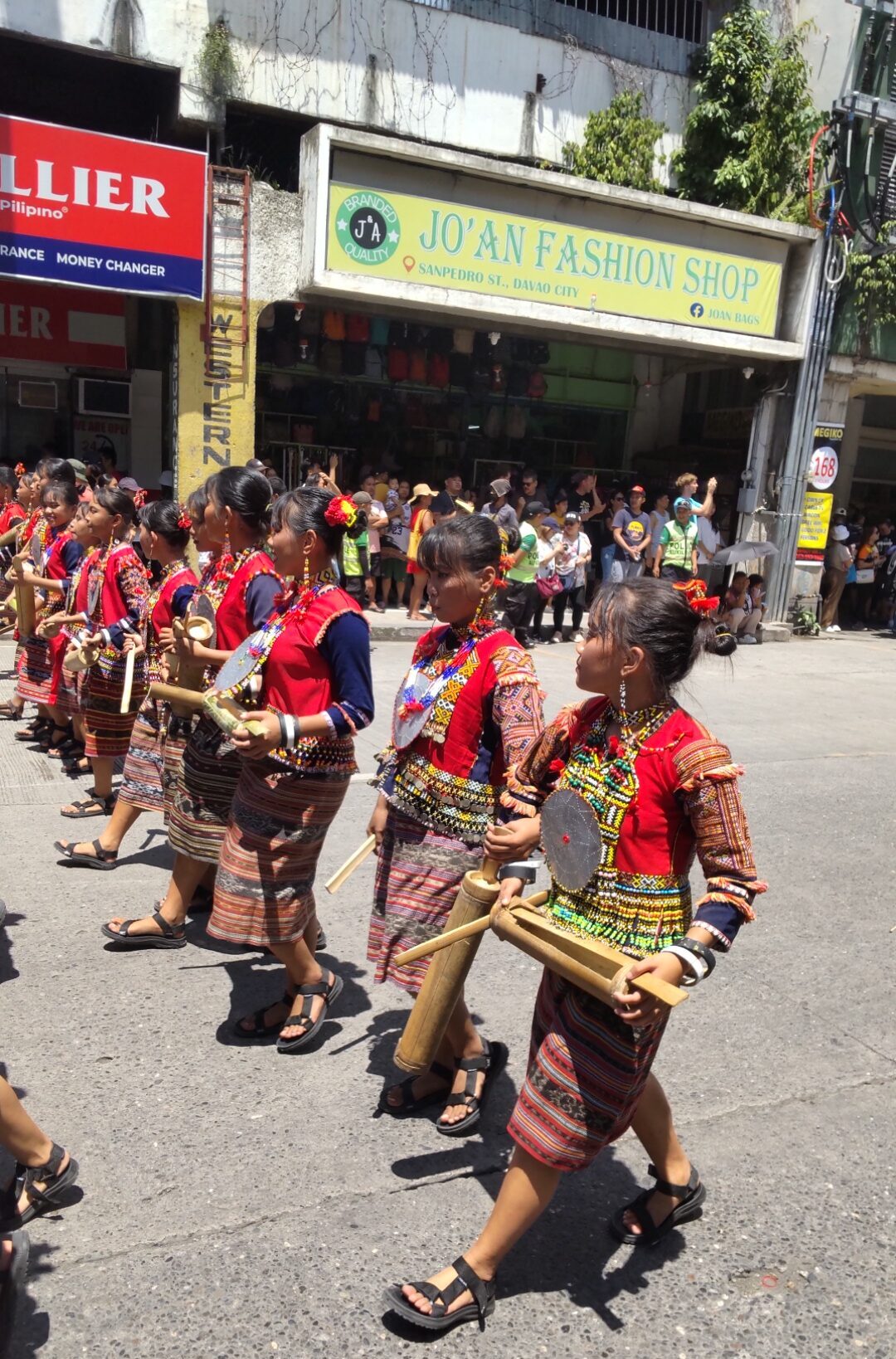I stayed in Davao, Mindanao, Philippines, in August 2024. On Sunday, August 18th, a large-scale parade took place. This was the Kadayawan Festival, a major celebration in Davao. The parade was held from morning until night and was incredibly lively.
This article shares information based on my actual experience in Davao.
Table of Contents
- Kadayawan sa Davao: The Most Vibrant Festival in Davao, Philippines
- Davao’s Grandest Festival of the Year
- Historical Evolution
- The Charm of Kadayawan sa Davao
- Highlights of Kadayawan sa Davao
- Important Notes for Attending Kadayawan sa Davao
Kadayawan sa Davao: The Most Vibrant Festival in Davao, Philippines
“Kadayawan sa Davao,” held in Davao, is one of the most prominent festivals in the Philippines. Celebrated annually in the third week of August, it is a grand event that honors the harvest and celebrates the region’s diverse culture.
Historical Evolution
- Traditional Harvest Festival: Early Kadayawan festivals were more regional in nature, with each ethnic group performing their traditional rituals and expressions. In the 1970s, then-Mayor Lopez encouraged all tribes in Davao to showcase their thanksgiving rituals.
- Transition to a Modern Festival: In the 1980s, as the Philippines transitioned from dictatorship to democracy, the Kadayawan Festival was reinterpreted as a symbol of peace and unity. It evolved into a larger, more spectacular event, solidifying its current form. At that time, the festival was called “Apo Duwaling,” a name combining three natural wonders: Mount Apo, Durian, and Waling-Waling. In 1988, then-Mayor (and former Philippine President) Rodrigo Duterte officially named the festival “Kadayawan Festival.”
- Development as a Tourist Event: In recent years, the Kadayawan Festival has become a major tourist attraction for Davao, drawing many domestic and international visitors.
The Charm of Kadayawan sa Davao
- Davao, a Fruit Paradise, and its Harvest Festival: Davao is a region where a rich variety of fruits, including mangoes, lanzones, and dragon fruit, are cultivated. The Kadayawan Festival began as a celebration to give thanks for the harvest of these fruits and pray for a bountiful yield.
- A Celebration of Diverse Ethnic Cultures: Davao is home to 11 indigenous ethnic groups. During the Kadayawan Festival, these groups showcase their traditional costumes, dances, and music, offering a vibrant experience of Davao’s diverse culture.
- Spectacular Parade: A highlight of the festival is the parade, where colorful floats parade through the streets. Adorned with fruits and flowers, these floats are true works of art. Performers in ethnic costumes captivate the audience with traditional dances during the parade.
- Interaction with Locals: There are many opportunities to interact with locals during the festival. At the food stalls, you can savor local delicacies and purchase traditional handicrafts.
Highlights of Kadayawan sa Davao
- Indak-Indak sa Kadalanan: A street dance competition where dancers in ethnic costumes showcase their unique performances.
- Float Parade: Magnificent floats decorated with fruits and flowers parade through the city.
- Concerts: Concerts are held in the plaza in front of the Davao City Hall.
- Street Food: Delicious local street food can be enjoyed at various stalls.
Important Notes for Attending Kadayawan sa Davao
- Timing: While typically held in the third week of August each year, dates may change, so it’s essential to confirm in advance.
- Attire: Given the tropical climate, light clothing is recommended.
- Essentials: Be sure to take precautions against heatstroke by bringing sunscreen, a hat, and plenty of water.
- Transportation: Areas where the parade takes place are expected to be crowded. It is recommended to use public transportation or taxis.
Kadayawan sa Davao is one of the most vibrant and lively festivals in the Philippines. It’s a wonderful opportunity to experience Davao’s beautiful nature and the warmth of its people. I highly recommend attending the Kadayawan sa Davao at least once to experience its charm firsthand.



